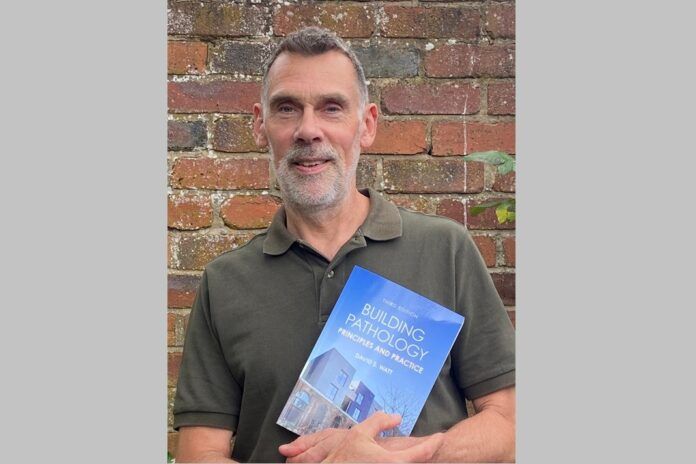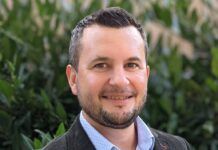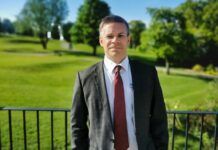David Watt, associate director at Hutton + Rostron (A SOCOTEC Company), has released the latest edition of his book, ‘Building Pathology’.
This is the third edition of the book, 26 years after the first edition was released in 1999.
David said: “This edition arrives as the wider industry is facing an increasing number of new challenges – between building safety, climate resilience, retrofitting and the increasing complexity of heritage assets in active use.
“As a result, the case studies featured within the text have been updated and expanded to reflect that change, with a stronger focus of applying principles in varied, real-world contexts.
“Ultimately, we need to strive to give professionals the confidence to diagnose and act, not just observe, and hopefully that will be achieved with this updated edition.”
According to a statement, David is a prolific author with several titles published within the surveying and building space. He is focused on using his experience as a chartered building surveyor and historic buildings consultant to help unpeel the layers of buildings and their users in ‘Building Pathology’, it noted.
David added: “What I wanted to get across in the book, is that we can’t fix what we don’t understand. Often, there is a rush to treat the symptom without fully diagnosing the cause, but true building pathology is all about getting to the heart of what is going on, and understanding the interplay of materials, environment and use.
“The benefits of taking this approach is that remediation is far more robust, sustainable and cost-effective, as well as protecting the long-term value of a building.
“At SOCOTEC, we focus on practical outcomes, based on solid evidence, extensive research and careful inspection. We could be dealing with a listed building that is suffering from damp and decay, or a modern façade with movement issues – whatever the issue we approach it methodically.
“The Hutton + Rostron team has a substantial depth of knowledge on traditional materials and historic fabric that is critical in heritage work.”




